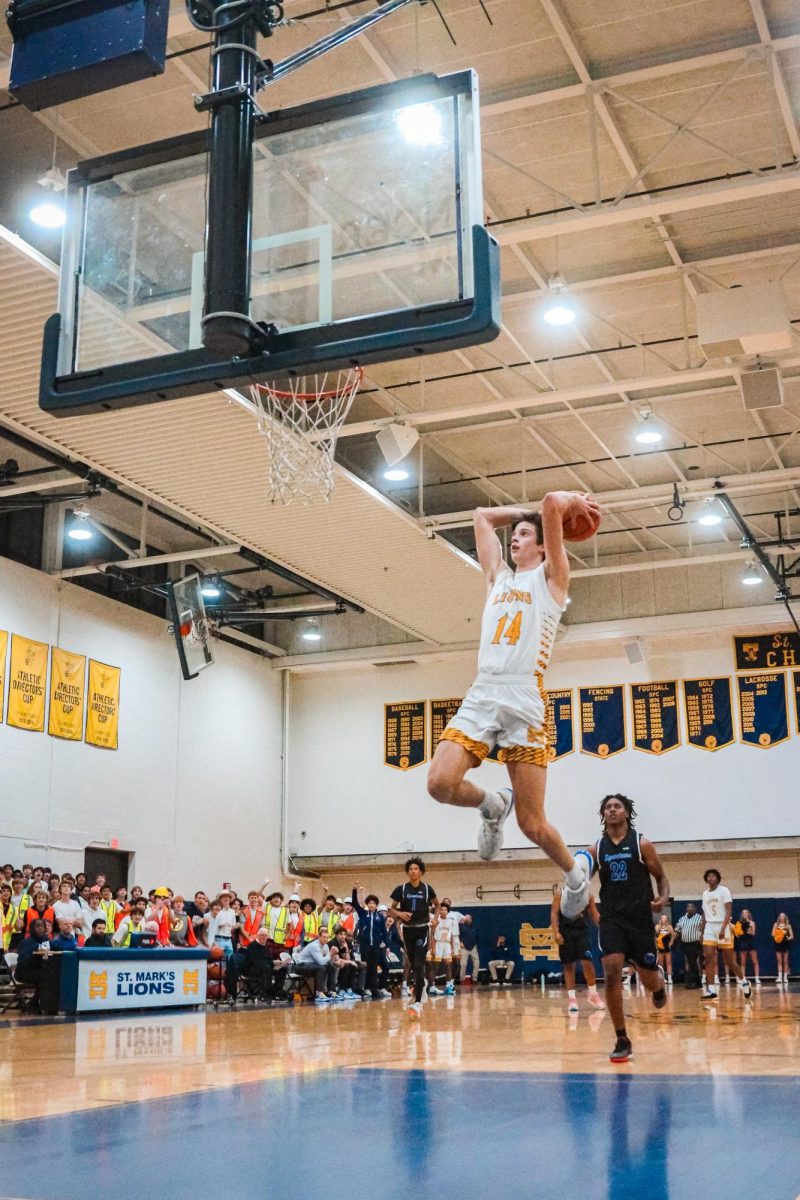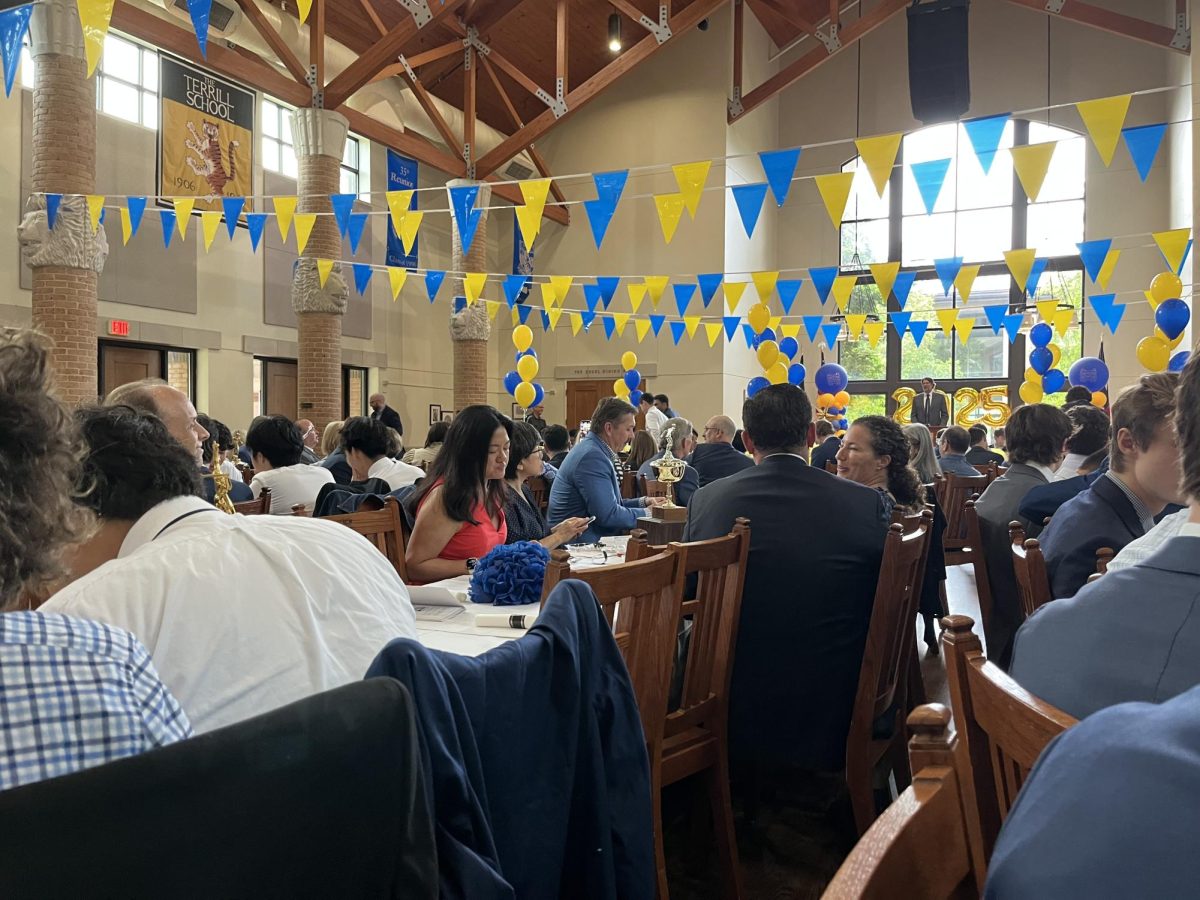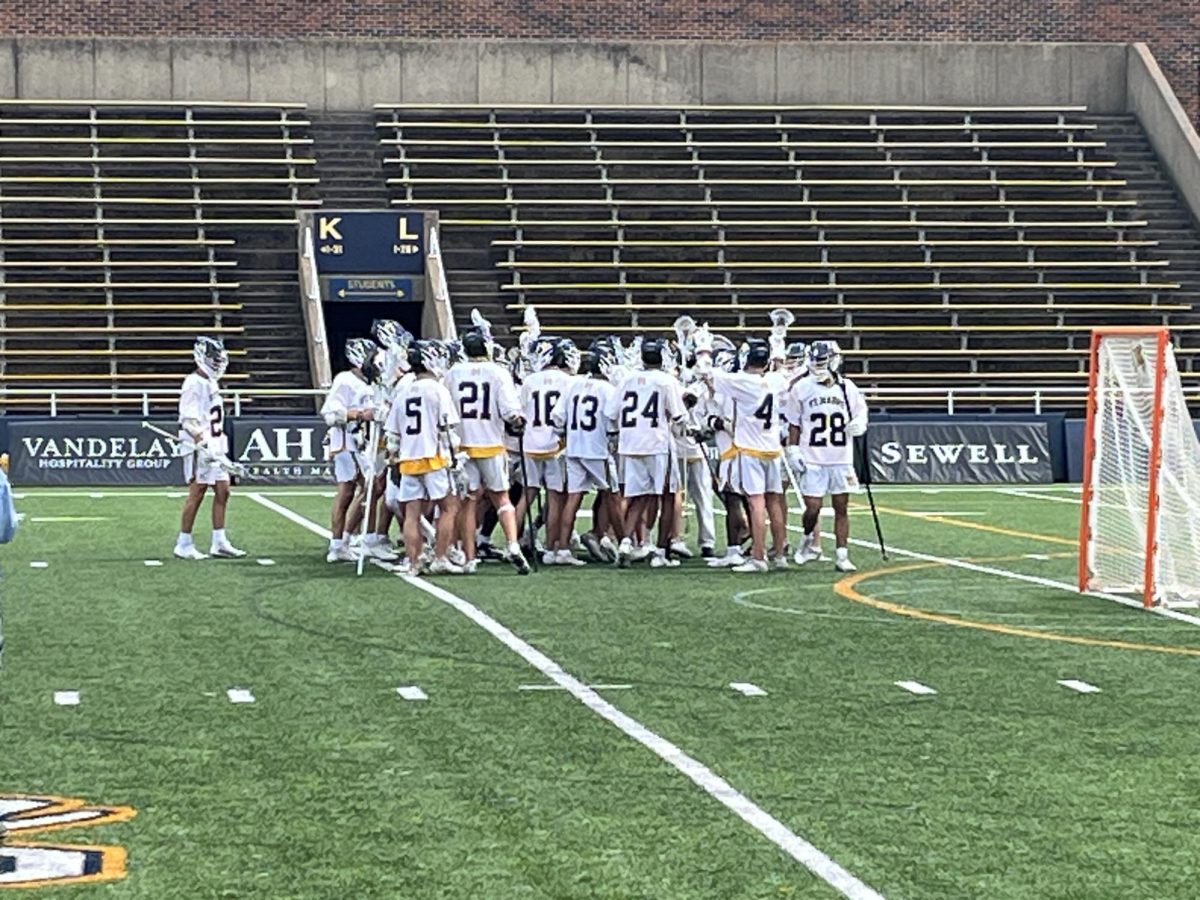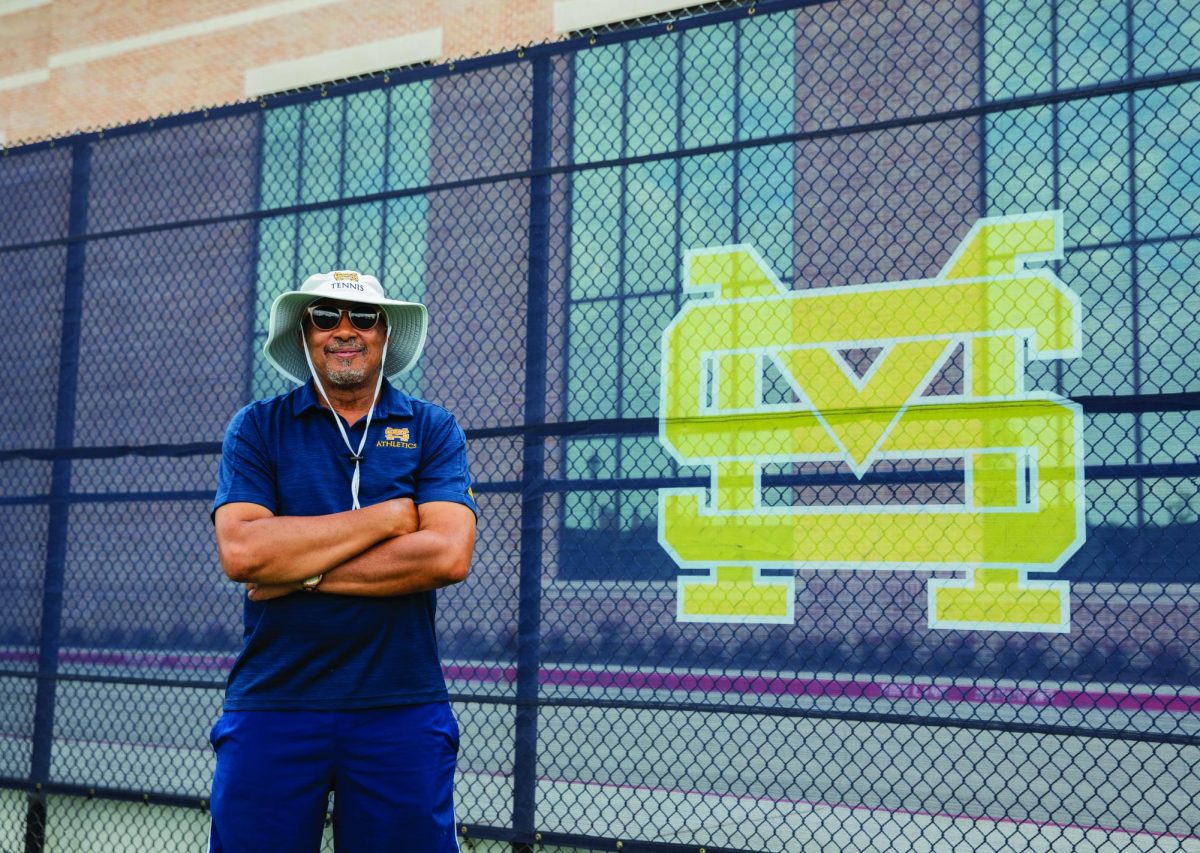You’ve seen the high-flying dunks, the 3-pointers from unbelievable range and the no-look passes that light up social media feeds.
The viral compilations of a highly-touted prospect from an unknown high school.
The huge hits, perfect spirals and spectacular catches that shouldn’t be possible.
But, highlights aren’t all there is to a recruit’s game. It’s becoming increasingly necessary for players looking to be recruited to show more than a couple of strong plays.
“A coach wants to see you in your high school setting in a whole game or a whole quarter, not necessarily in a highlight tape,” Jim Hicks, founder of RCS Sports, said. “Nobody ever misses a shot in highlight tapes – it’s almost like being catfished. But now, most coaches know better than to fall for a highlight tape.”
Hicks’ company is based in the Houston area and centers around scouting and showcasing local high school talent, so it is popular amongst coaches at the college level.
However, Hicks believes that highlights nowadays primarily serve the purpose of generating hype around a player’s name.
“Highlight tapes are mostly novelties, but they can get the attention of a recruiter if it gets into the right hands,” Hicks said. “But for the most part, it just gets you props, clicks and likes on social media.”
That hype is especially important for athletes at smaller schools, who have a lower chance of getting noticed purely off of a numbers game.
“Smaller school players can’t afford to not have a video service or highlights these days,” Hicks said. “That’s the disadvantage. Those kids are most likely to be recruited to or play at a school with a smaller budget who can’t afford to go out and see just anyone, so they have to do most of their recruiting by car or by vehicle. Highlights expedite the process tremendously for those smaller school kids.”
While Hicks’ service is more tailored to the coaching side of recruiting, he also acknowledges the effort that goes into making a mixtape and its potential benefits for a player’s recruiting process.
“Most highlight reels are put out by a third party,” Hicks said. “They go viral and get a check. But their main job for the player is to get the general public aroused and the news impressed.”
That process is no different at the school. Junior running back and safety Noah Williams combs through the tape of each game to find the plays where he stands out.
“Every Sunday, I’ll go through my game and find clips where I was really explosive or hit a guy really hard,” Williams said. “I’ll highlight those so I can add them to my film that I send out to coaches.”
Williams is not only trying to convey his skill or talent through these plays, but also his mentality as he presents himself to college coaches.
“The biggest thing that I try to showcase is that I try to be as physical as I possibly can and always go 100 percent every play,” Williams said. “Don’t take a play off – I try to make that my playstyle.”
In addition to standing out on film, Head Varsity Basketball Coach Greg Guiler stresses the importance of athletes having the opportunity to show their talents on the court while also refraining from distracting the team.
“You don’t want kids to ever be self-centered,” Guiler said. “But the NIL market has forced being self-centered a reality. So if you can market yourself without distracting from your team, then you’re doing yourself and your team a huge favor.”
Instead of a highlight tape, Hicks now suggests that players send full games or quarters to coaches, so the coaches begin to get an actual feel for how the player operates during a game.
“Showing off a whole game, a whole quarter of a high school game or even a grassroots game, if you’re playing against college prospects, that’s what college coaches are looking for,” Hicks said.
Another important part of this process is the player’s personality. Guiler finds that one of the best parts about the basketball recruiting process here is that he’s able to always tell scouts the truth.
“Thankfully, dealing with Marksmen, I don’t have to skip around certain questions,” Guiler said. “I can be direct and say this athlete being recruited is a guy who coaches don’t have to worry about off the court issues with and a guy teams want on their roster.”
Hicks believes this method is more effective in gaining genuine interest and is the first step down the road of gaining a college offer.
“Once the college recruiters see (those highlight tapes against competitive opponents), then they’ll say, ‘Well, I got to see this kid’,” Hicks said. “Then, an assistant coach will come and see him in person.”
That first visit is crucial to a recruit’s future because of the amount of detail that goes into an assistant’s scouting report.
“The coaches evaluate everything. They evaluate how much the moms and dads are hollering in the stands, the body language of the kid when he’s off the court and his energy level,” Hicks said. “And if all those boxes check out, then they’re going to go back and they’re going to encourage their boss, the head coach, to come and see him play next.”
Finally, when the head coach is in town, a player has a massive opportunity staring him in the face.
“And if the boss comes and sees him play, then guess what?” Hicks said. “The kid’s life will change if he performs.”
It’s also important to look at this subject from the side of a player. Hicks commends the savvy of players who make their own highlight tapes, but notes that external factors, like social media following, are also important in those cases.
“Those that are making their own, they’re saving the money from having somebody else do it, so economically, they’re smart,” Hicks said. “But it depends on their following on that particular platform. If you’re making your own mixtapes and you only have 10 followers, then it’s not going to gain much traction unless you’re doing something extremely impressive on that video that could make people share it with others.”
For Williams, that process involves sending coaches who have reached out those highlights, so a coach can easily stay updated on a player and their progress throughout the season.
“I’ll make highlights and compile my stats for those games, and I’ll post that on my Twitter,” Williams said. “Then, I’ll send it to any coaches that I’m really interested in and say ‘Here are my first two games of the season, it’s going well. I hope to talk to you soon.’ Just a little update to be friendly and keep my name in their head.”
Despite all the pressure to perform and show off his skills, Williams’ mindset during the game remains largely unchanged.
“I don’t think about [my highlights]during the game,” Williams said. “I try to keep my head in the game while I’m playing because when you think too much, it’s pretty easy to get distracted.”
Categories:
Highlight culture takes over recruiting
The importance of player highlight tapes in the recruiting process cannot be understated, and, in the age of social media, it’s becoming the quickest way to impress coaches.
February 10, 2024
SPC JAM Junior Luke Laczkowski leaps towards the basket for a slam dunk.
More to Discover
About the Contributors







